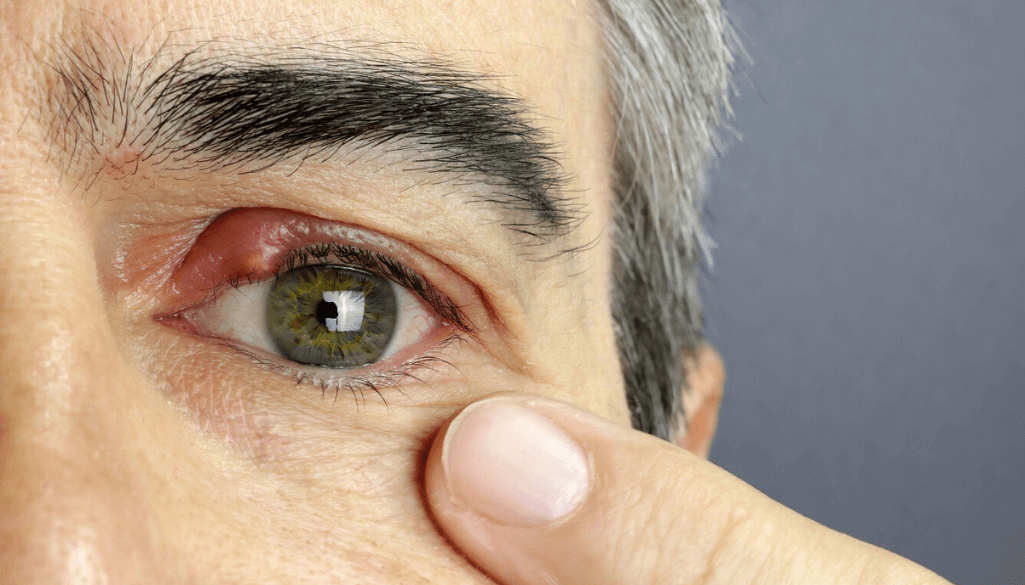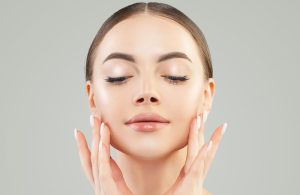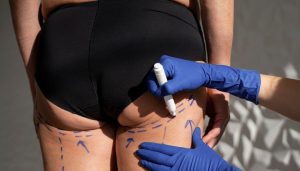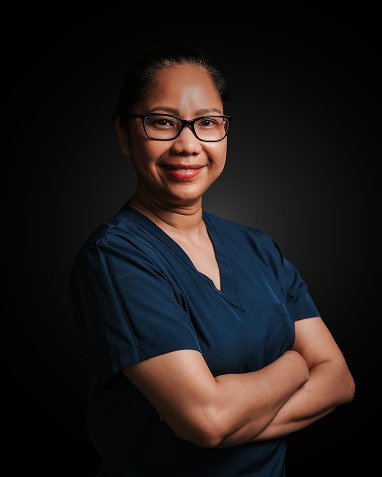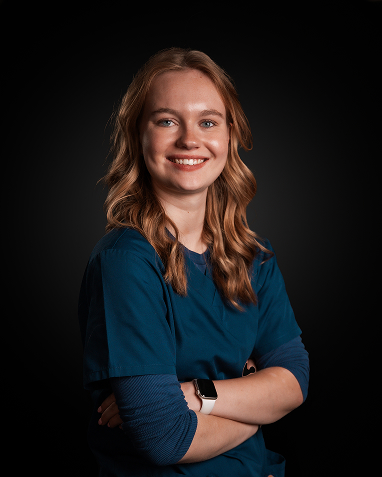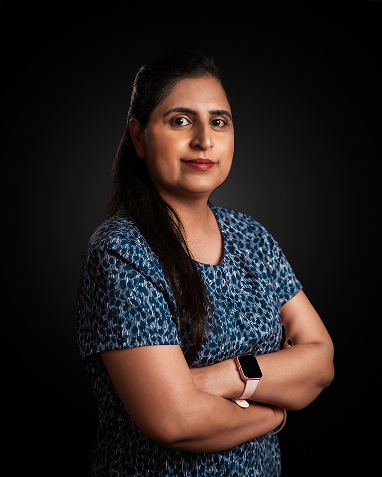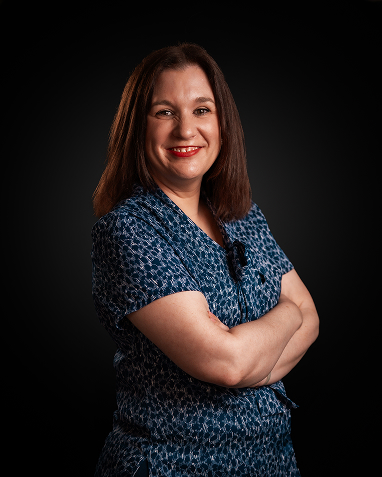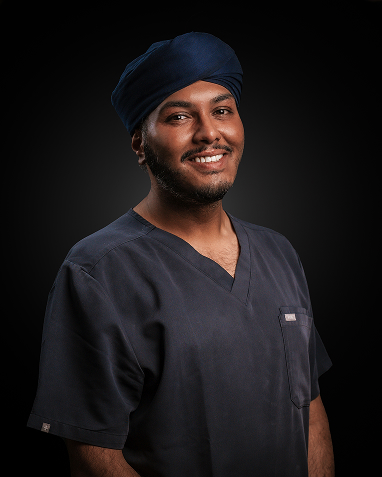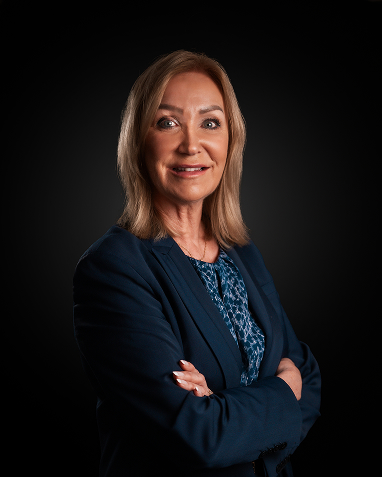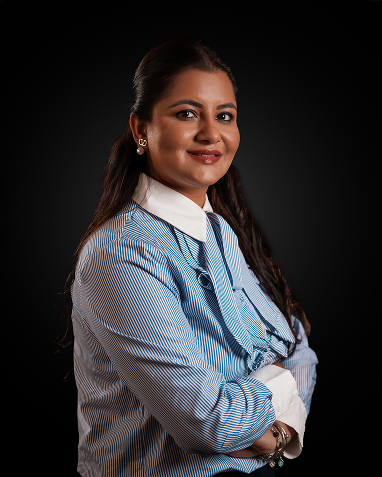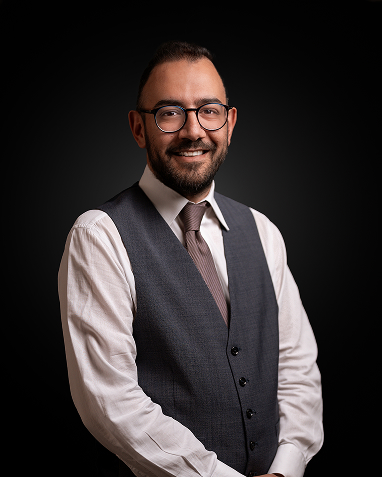Is the bump on your eyelid not going away? You might be wondering, ‘How long does a chalazion last?’
Most chalazions heal within a few weeks to a couple of months. A chalazion can be frustrating and sometimes affect your confidence or comfort. Most of the time, the bump resolves naturally, and there are safe ways to speed up recovery.
In this guide, we’ll explain how long chalazions normally last, what affects healing time, simple home remedies, and when it’s best to see a doctor.
What is a Chalazion?
A chalazion is a small, round lump that forms on the eyelid when an oil gland gets blocked. It is usually painless and feels firm to the touch. Most chalazions are not dangerous, but they can be annoying and sometimes make the eyelid look swollen.
Many people confuse
- A stye is usually painful, red, and caused by an infection. It often looks like a spot or pimple near the eyelashes.
- A chalazion is not infected, so it is normally painless. It develops more slowly and tends to be larger and firmer than a stye.
Let’s See How Long a Chalazion Lasts
Most chalazions last a few weeks to a couple of months. The exact time can be different for each person, depending on the size of the lump and how well the eye responds to home care.
- In the first 1–2 weeks: If you use warm compresses every day, the lump often starts to soften and decrease in size.
- Within 1–2 months: Many chalazions go away on their own with regular home treatment.
- If untreated: A chalazion can stay as a small, firm bump for several months.
- Rare cases: Sometimes the lump doesn’t disappear by itself. In that case, a doctor may suggest a minor treatment to remove it.
A simple way to remember: With care, most chalazions typically clear up within a month or two. Without care, they may hang around much longer.
Learn about chalazion healing stages to know if your chalazion is recovering or not.
Factors That Affect How Long Does a Chalazion Last
Not everyone’s chalazion heals at the same speed. A few things can make it last longer or clear up faster:
In those cases, where a chalazion is small it may shrink within a few weeks. Bigger or harder lumps can take several months to go away, especially if they press on the eyelid more deeply.
If you start warm compresses and gentle eyelid massage as soon as the lump appears, it usually heals faster. Waiting too long before treating it may give the chalazion more time to grow and become stubborn.
Do you feel like your chalazion is severe and you haven’t had it checked yet? An eye doctor can assess your eyelid, explain what’s happening, and suggest safe treatment options to help it heal. Let’s Talk! |
Children and younger people often heal more quickly because their bodies recover faster. Older adults, or people with weaker immune systems, may find chalazions last longer.
Some skin and eye problems make chalazions more likely to stick around:
- Blepharitis (eyelid inflammation)
- Rosacea (skin redness and irritation)
- Eczema (sensitive, dry skin)
If these aren’t managed, chalazions may recur repeatedly.
Lifestyle & Hygiene Habits
Wearing old eye makeup, sleeping with mascara on, or not cleaning the eyelids properly can slow down healing. On the other hand, good eyelid hygiene and healthy habits (like a balanced diet and enough sleep) can help the body clear the lump faster.
Key point: A chalazion that receives proper care usually heals more quickly, while one left unattended or associated with other eye conditions may persist for months.
When to See a Doctor for Chalazion
While many chalazions go away with home care, there are times when you should seek medical help:
- The lump hasn’t started to shrink after about 1 month.
- It keeps getting bigger or more painful.
- Your vision is blurry, or the lump presses on your eye.
- You notice signs of infection like spreading redness, swelling, or increasing pain.
- You get chalazions often, which may be a sign of another eye condition.
If any of these happen, book an appointment with an eye doctor for proper treatment.
Chalazion Treatment is Required if it Persists.
If home remedies don’t work, an eye doctor can offer safe treatments to remove the lump:
A small injection of medicine can help reduce swelling and shrink the lump. Recovery is usually quick, and discomfort fades within a day or two.
For larger or stubborn chalazions, the doctor may make a tiny cut on the inside of the eyelid to drain the trapped oil. This is a simple procedure done with local anaesthetic, and most people can return to normal activities the next day.
What is the Fastest Way to Heal a Chalazion? At-Home Tips
Most chalazions will clear on their own, but there are safe steps you can take to help them heal faster.
Hold a clean, warm (not hot) cloth against the eyelid for 10–15 minutes, about 3–6 times a day. The warmth softens the hardened oil inside the blocked gland, making it easier for the lump to shrink.
After using a warm compress, gently massage the eyelid in small circles, moving toward the lashes. This helps the oil drain more easily.
Wash your hands before touching your eyes. You can also clean your eyelids with a mild solution, such as diluted baby shampoo, to keep oil glands clear. Avoid wearing eye makeup or contact lenses until the chalazion has healed.
It might be tempting to try to pop it, but squeezing a chalazion can make it worse or cause infection. Let it drain naturally.
When home care works best: If you start treatment early and follow it consistently every day, most chalazions will improve within a few weeks.
Conclusion
A chalazion is usually harmless, but it can be annoying if it lingers. Most go away on their own within weeks to months, especially with warm compresses, massage, and good eyelid care. If yours doesn’t shrink after a month, keeps growing, or affects your vision, it’s best to see an eye doctor for chalazion treatment.
With the right care, recovery is usually smooth and quick, and you can prevent future chalazions by keeping your eyelids clean and healthy.
FAQs
1. How do you know if a chalazion is healing?
It’s healing if the lump starts to get smaller, feels less firm, and the redness or swelling fades. You may also notice less irritation in your eye.
2. Why is my chalazion not going away?
A chalazion may stick around if it’s large, if you haven’t used warm compresses regularly, or if you have an eye condition like blepharitis or rosacea. Sometimes it just needs medical treatment to fully clear.
3. What are the stages of a chalazion?
- Early stage: a small bump forms on the eyelid.
- Growing stage: the lump becomes firmer and more noticeable.
- Healing stage: with care, it softens and slowly shrinks.
- Persistent stage (if untreated): can stay as a firm, painless lump for months.
4. What is a chalazion filled with?
A chalazion is filled with thickened oil from a blocked gland in your eyelid — not pus like a stye.
